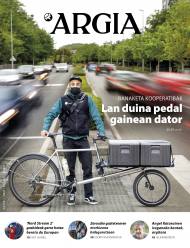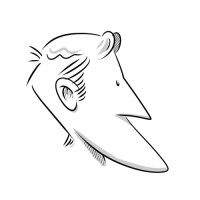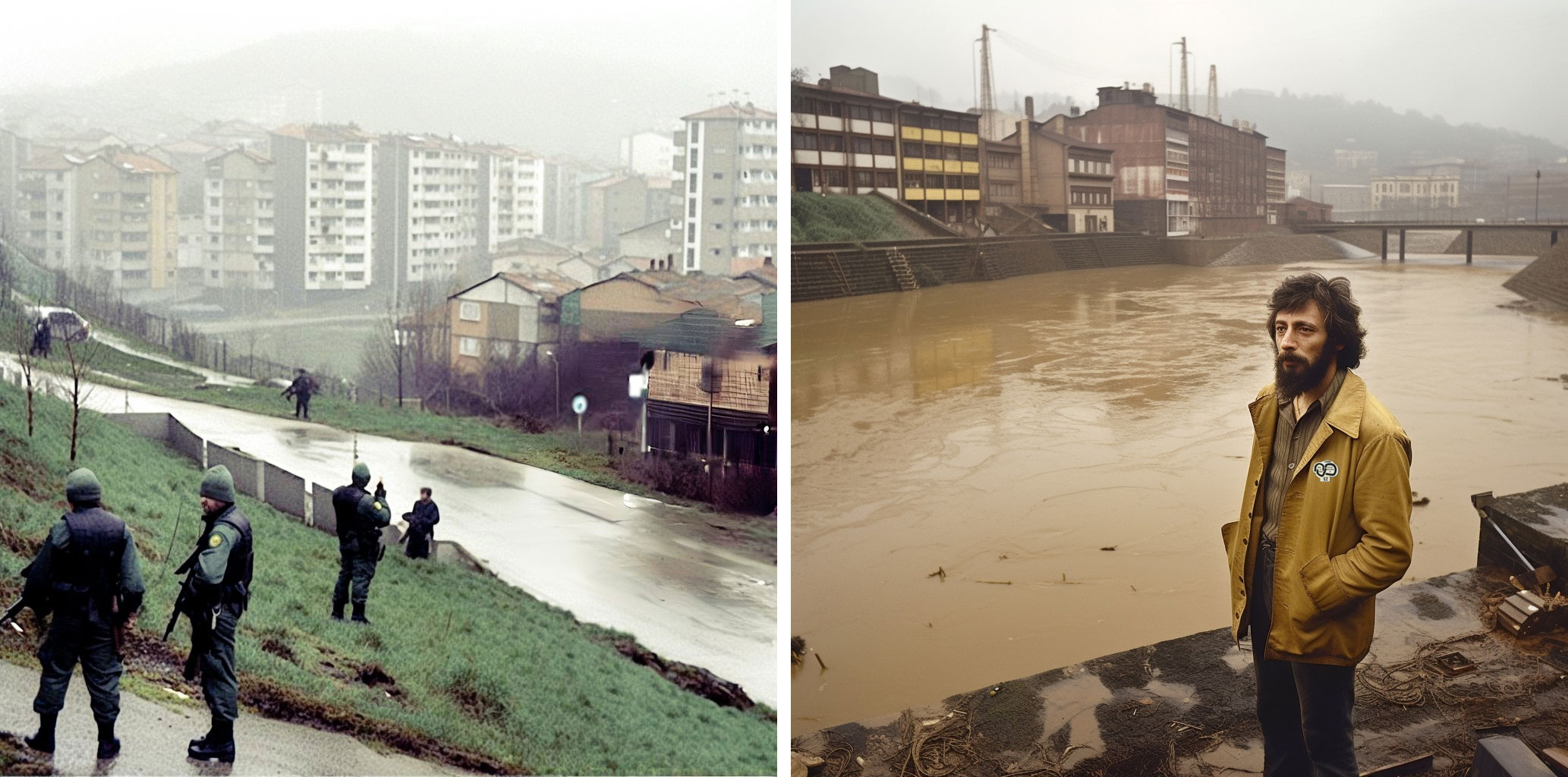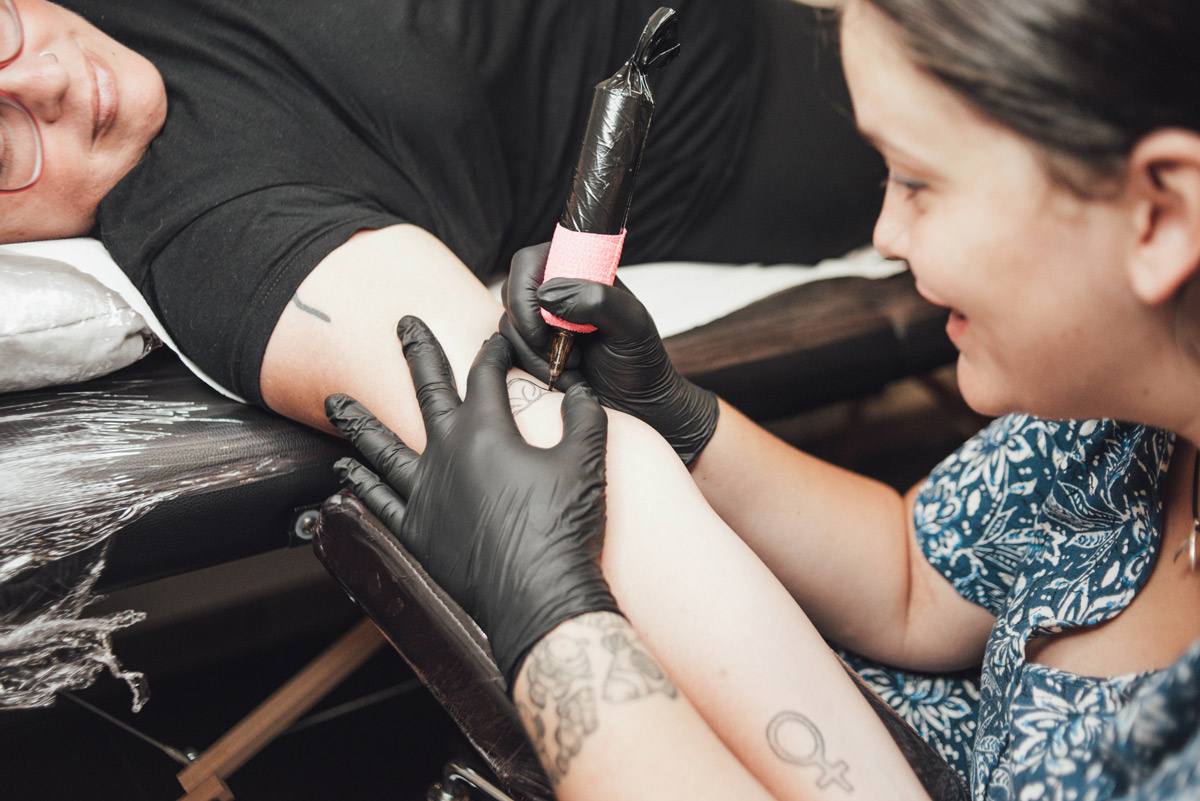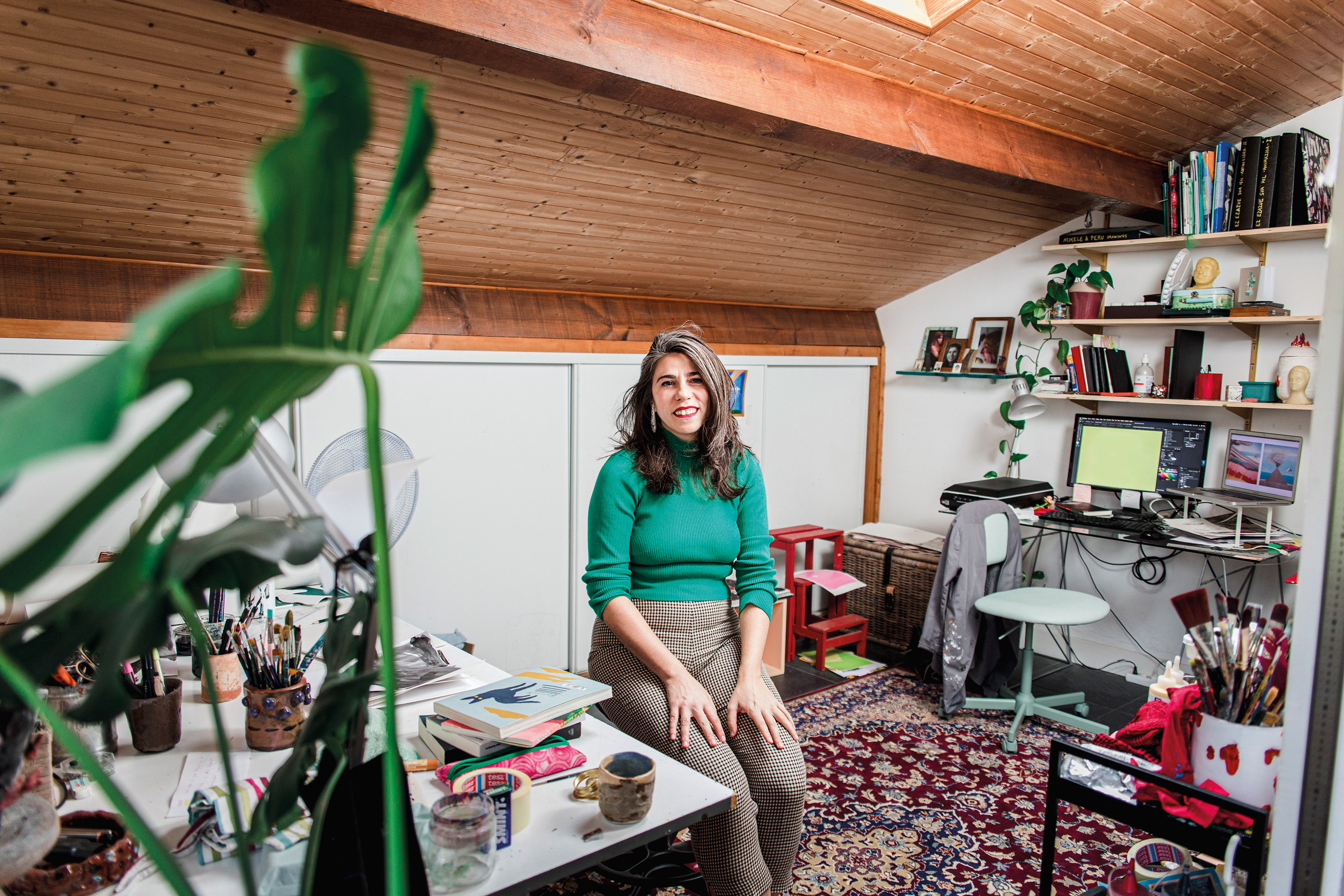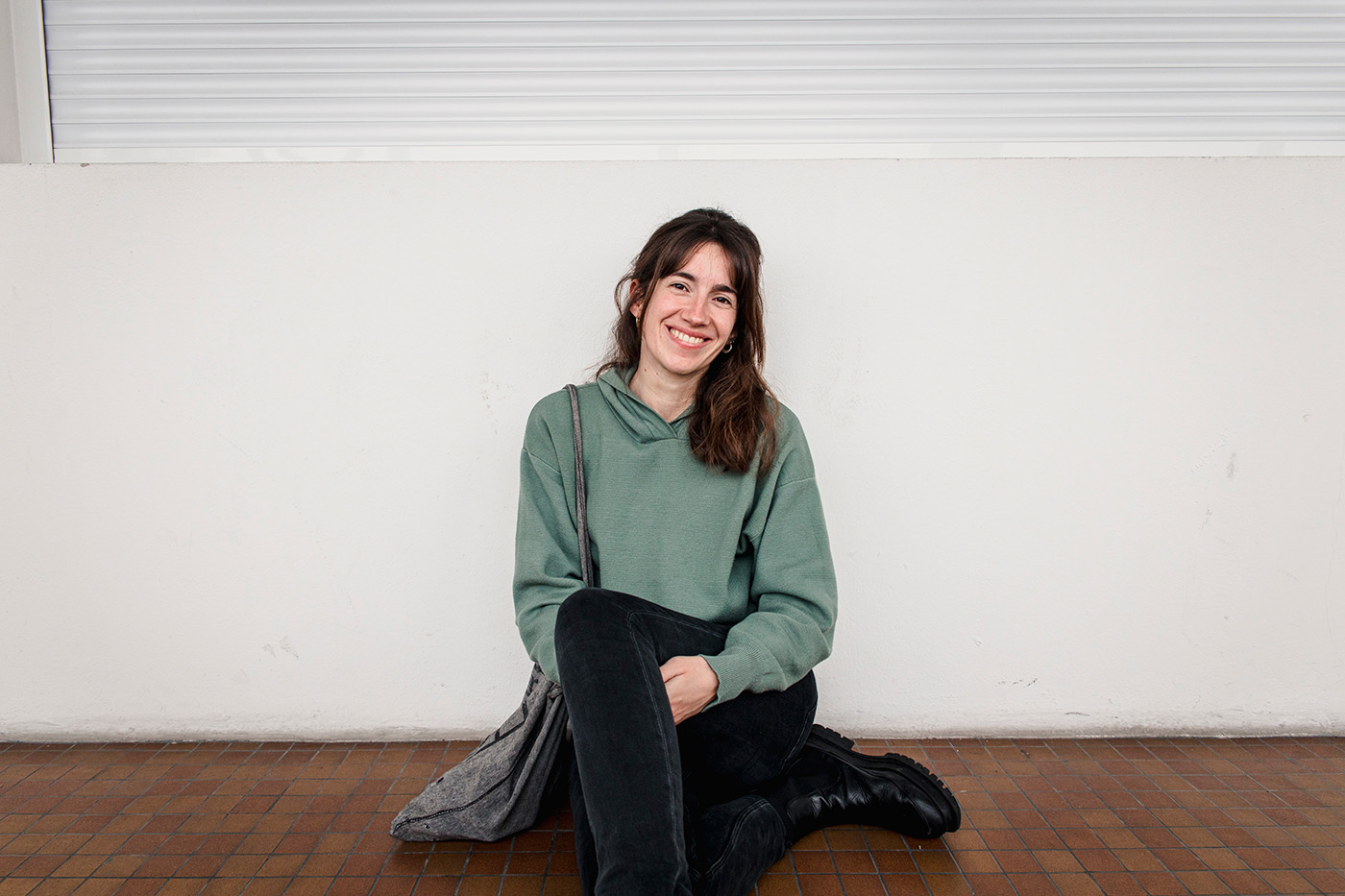"I like not knowing what work in a few months' time"
- After the graphic design studies at the University of Barcelona, Marta Bellín performed a postgraduate illustration (Palamós, Catalonia, 1989). He debuted as an illustrator in Enderrock magazine and since 2014 he has been immersed in his own project.
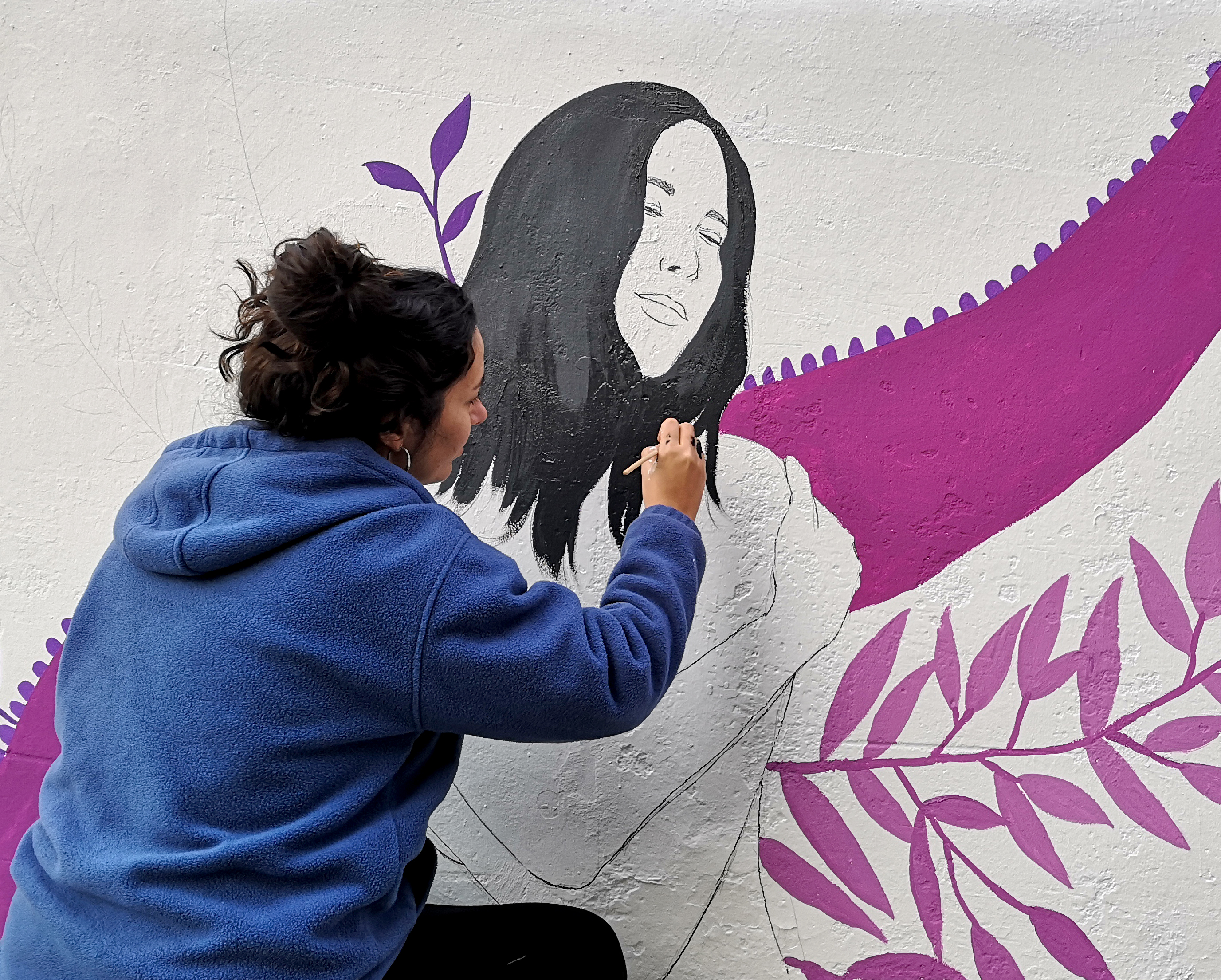
What do you like most about your trade?
My freedom to manage day-to-day based on my rhythm. When I worked in companies, I hated having to meet a certain schedule. Sometimes there was nothing to do and I had to warm up the chair until I was seven. It was terrible to feel like they were stealing my time! Since I work as a freelance I value my work more. Similarly, working as an illustrator allows me to immerse myself in different projects. I like not knowing what I'm going to work on in a few months.
The crisis broke out when I was studying. How did it affect him? The
truth is, while I was studying, I wasn't too worried because, fortunately, I had the financial support of my parents. But it's true that when the last course was over, I felt a vacuum. Not so much because of my profession, that people who studied other studies had the same uncertainty. In some way we accept that in an indefinite time we would have to work in a trade that was not ours, until some option arrived. Half of my friends moved outside and I, as I studied illustration graduate, worked as a scholarship fellow at several companies, until I started working as a designer through limited contracts.
Six years ago, he started his own project. Was it difficult?
Well, I had saved a little, and I wasn't scared to charge myself little in the first few months. At first I made custom portraits, but I lacked contacts and I felt lost. I found it difficult to foresee the workload, to know how much I had to charge for each project and to manage uncertainty. And yes, the monthly payment of the self-employed rate was unsustainable. Fortunately, there were new projects and since then I have been able to work as an illustrator.
What role have social media played in your career?
I use it many times, especially Instagram. It's the showcase of my work and I use it to inspire me and inform me of what other illustrators do. The worst thing, though, is to get into the comparisons, and it's important to take distances from time to time. I've also talked to other illustrators about the stress of having to create content continuously. You may be preparing a book, making lots of illustrations, but if you don't have space to post content on Instagram, you don't see it.

Their illustrations have their own stamp. What inspires you?
I follow very different artists, I take pictures of landscapes and I keep screenshots of things I like. Often the drawings come from a feeling of mine or from a lived experience that I wanted to express as I have felt. I like to draw expressions from diverse people, especially women, and combine them with natural elements.
It combines two passions, illustration and music, bringing songs to life.
I started the Dibuixar Cançons project when I was studying. I decided to open a blog and publish a series of illustrations that would allow me to experiment with different styles. At that time, I listened to a lot of music groups, and I found that a good way to play songs. For me, it was also a way to reclaim music in Catalan. In 2013, I started collaborating with Enderrock magazine, and for five years, I published an illustration on it. In the Catalan countries I have taught the course of the same name, especially with young people. And apart from that, I have been able to combine these two passions by working with Cesk Freixas, Andrés Suarez and the Hesian group.
How long has the feminist struggle been present in her work?
Seven or eight years ago I drew women with normative beauty: thin, long hair… and expressed love through cis men and women. Seeing the work of other artists helped me become feminist and more critical of some of the attitudes I had normalized. So I started drawing other realities. I also adapted the course to do it from a feminist point of view. I have also participated in the elaboration of murals in various campaigns against male violence.
I have once read that she has suffered paternalistic professional relations for being a woman.
Especially when I was younger. I worked in an advertising agency where the only women were scholarships or junior ones: jokes, mentions and management attitudes dominated toxic masculinity. And when I started my own trajectory, especially in the early assignments, I felt pressured, and they took advantage of my lack of experience to pay misery. Or by drawing murals and participating in fairs and fairs, I've often heard inappropriate feedback. Fortunately, this is not the most common thing.
cartoonist “When I was little I liked spending a lot of time at home: my sister was born when I was six years old and, because I had no cousins, I was used to having fun on my own. My parents saw right away that I wanted to draw and they pointed me out in plastic outside of school. I remember that I was also bought a magnetic board that would take me anywhere: it was the primitive version of the iPad that I now use to make digital illustrations. I started winning the drawing contests that were held in school, and people said that that would be my trade. The truth is, I also saw myself drawing older stories.”









